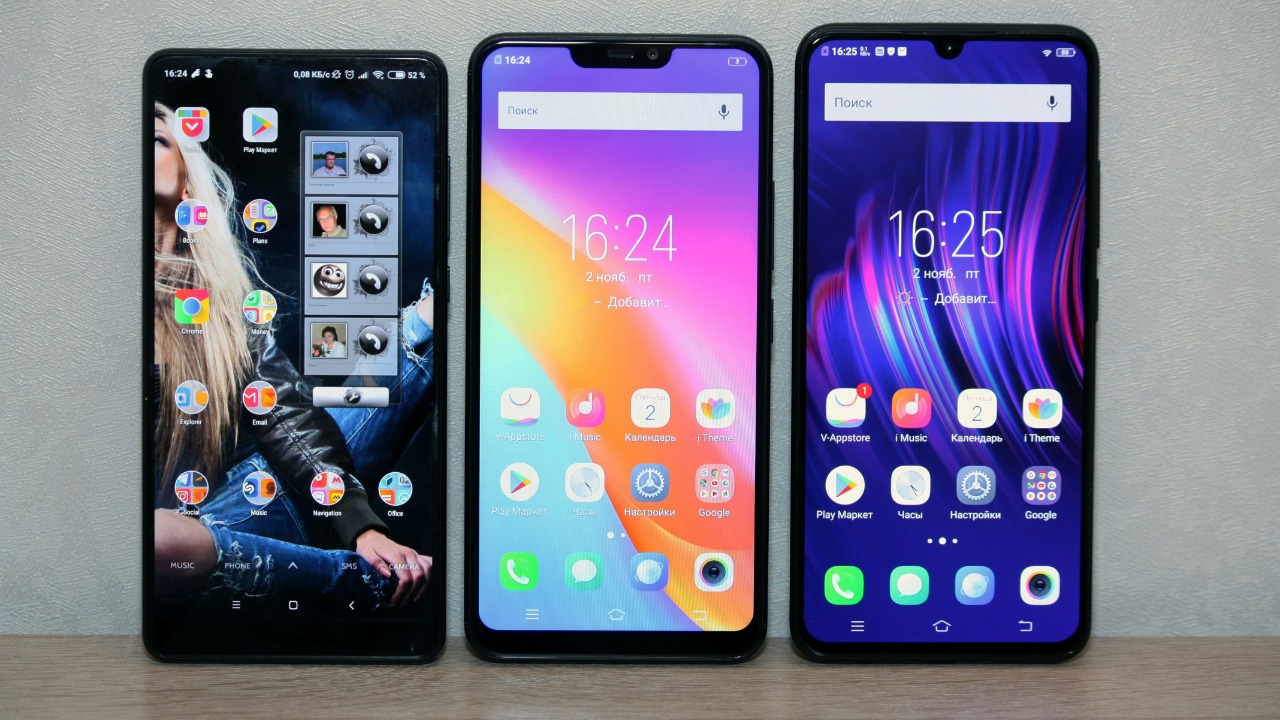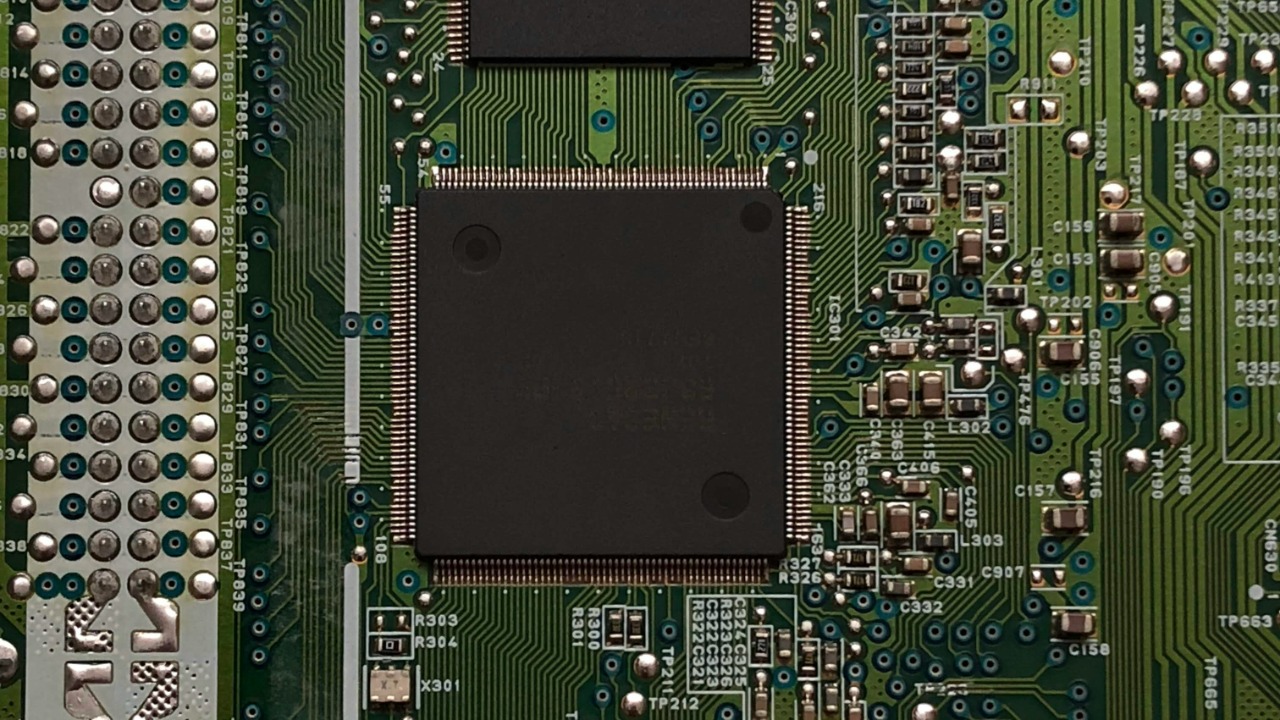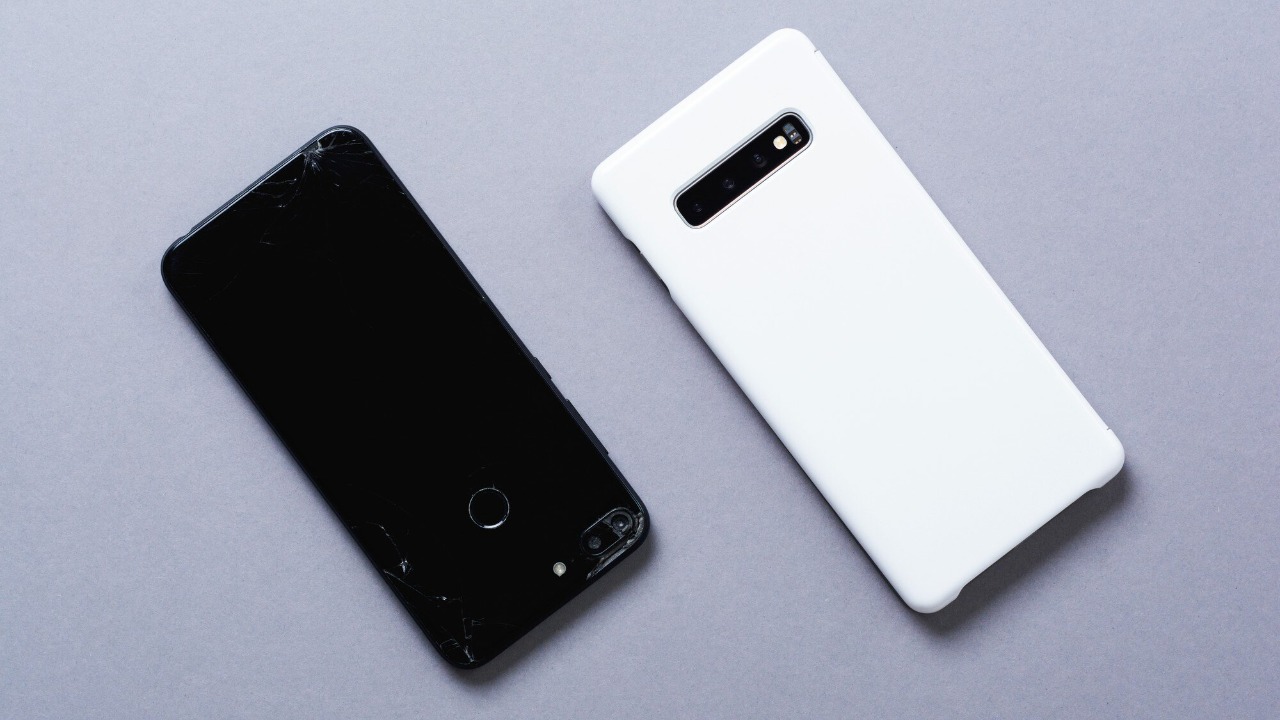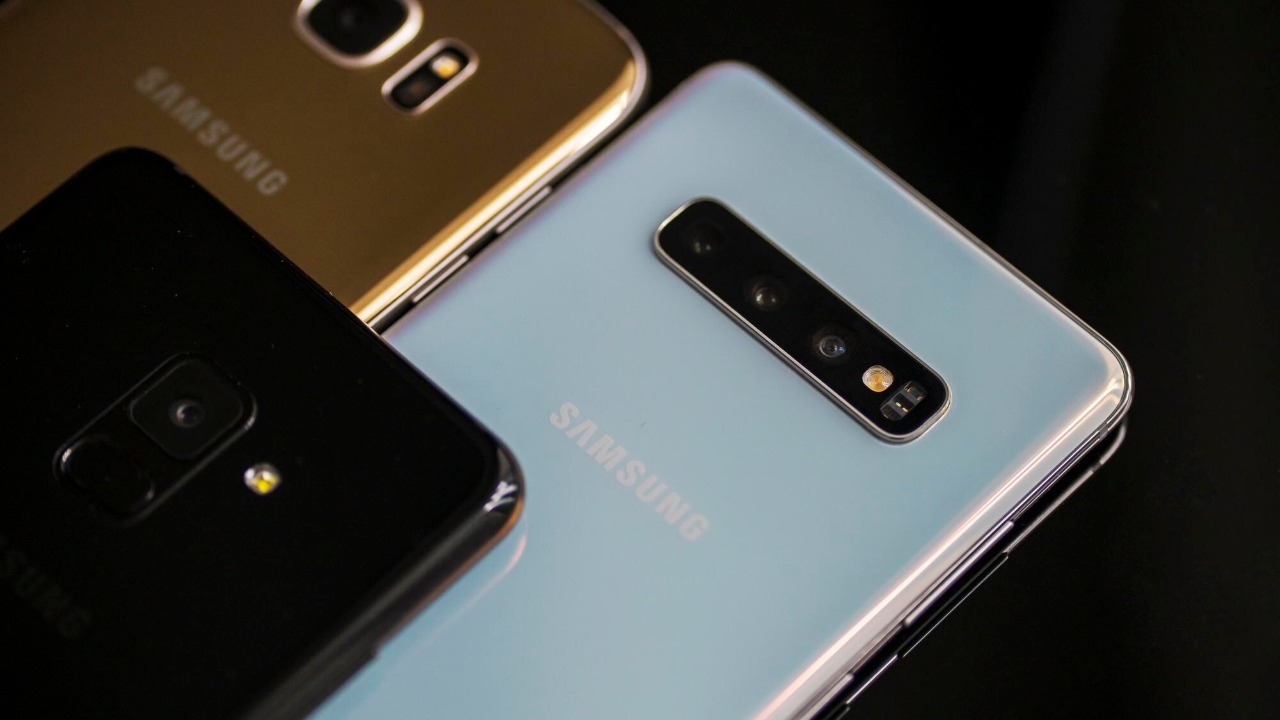
Flagship Android phones like the Samsung Galaxy S24 Ultra, starting at $1,299, and the Google Pixel 8, priced at $699, are often contrasted with more affordable options such as the Google Pixel 8a, which is available for just $499. These budget-friendly models provide similar core experiences but with compromises in premium features. This price disparity highlights how manufacturers balance high-end specs against budget-friendly builds to cater to diverse consumers. Recent reviews emphasize models like the Nothing Phone (2a) as strong sub-$500 alternatives to pricier iPhone competitors (Tom’s Guide; The New York Times; Pocket-lint).
Hardware Differences Driving Price Variations

One of the primary factors influencing the price of Android phones is the processor chip used. For instance, the Google Pixel 8 features the advanced Tensor G3 chip, which offers superior performance compared to the more basic chips found in budget models like the Pixel 8a. These mid-range components help keep costs down while still delivering satisfactory performance for everyday tasks (The New York Times).
Camera systems also play a significant role in price differentiation. Flagship models such as the Galaxy S24 boast advanced multi-lens setups with higher megapixels, enhancing photography capabilities. In contrast, more affordable phones like the Nothing Phone (2a) rely on simpler sensors, which help reduce manufacturing expenses while still providing decent photo quality for most users (Pocket-lint; Tom’s Guide).
Display and battery specifications further illustrate the cost differences. Premium devices often feature OLED screens with higher refresh rates, offering a smoother visual experience. In contrast, budget models might use LCD or lower-resolution options, which are less expensive to produce. These choices directly affect material and research and development costs, impacting the final retail price (Tom’s Guide).
Build Materials and Design Choices

The materials used in constructing smartphones significantly influence their price. High-end models like the Galaxy S24 Ultra often incorporate premium materials such as titanium frames, which contribute to a luxurious feel and increased durability. On the other hand, budget models like the Pixel 8a typically use plastic or aluminum, which are more cost-effective yet still provide sufficient durability for everyday use (Tom’s Guide).
Design elements also vary between price tiers. For example, the Nothing Phone (2a) features unique Glyph lighting as a cost-effective design element, contrasting with the polished glass backs found on high-end Samsung phones. These aesthetic choices allow manufacturers to offer visually appealing products at different price points (Pocket-lint).
Water resistance ratings further differentiate models. Flagship phones often boast IP68 ratings, indicating superior protection against water and dust. In contrast, cheaper variants might have IP67 or lower ratings, which require less rigorous engineering for seals and testing, thus reducing costs (The New York Times).
Brand Positioning and Ecosystem Integration

Brand positioning plays a crucial role in pricing strategies. Established brands like Samsung often charge premiums for integration with proprietary services such as Galaxy AI, which enhances user experience through advanced features. Meanwhile, lesser-known brands like Nothing offer competitive pricing to gain market share, appealing to consumers seeking value without sacrificing quality (Tom’s Guide; Pocket-lint).
Software support is another factor influencing price. For example, the Pixel 8 series promises seven years of updates, providing ongoing value and justifying higher prices. In contrast, budget Androids may offer shorter support periods, which can affect long-term usability and security (The New York Times).
Carrier subsidies and exclusive deals also impact pricing. Some mid-range phones appear cheaper upfront due to these arrangements, while unlocked flagship models typically follow different pricing strategies. This approach allows consumers to access high-quality devices at more affordable prices, depending on their carrier choices (Tom’s Guide).
Market Strategies for Budget Segments

Regional manufacturing impacts pricing strategies, as phones assembled in cost-efficient locations enable brands to price models like the Pixel 8a aggressively for emerging markets. This approach allows manufacturers to offer competitive pricing while maintaining profitability (The New York Times).
Promotional pricing is another tactic used to keep sub-$500 options viable. Launch discounts on alternatives like the Nothing Phone (2a) help these models compete with rumors of upcoming devices such as the iPhone 16e, attracting budget-conscious consumers seeking value (Pocket-lint).
Storage and RAM configurations also affect pricing. Affordable phones often start with 128GB of storage and 6GB of RAM, while flagship models might offer 256GB and 12GB, scaling costs accordingly. These differences allow consumers to choose devices that best fit their needs and budgets (Tom’s Guide).